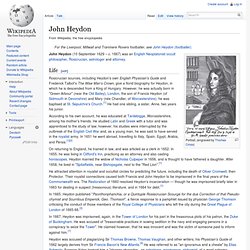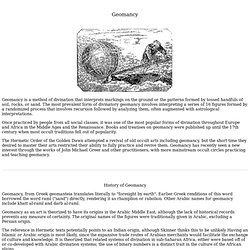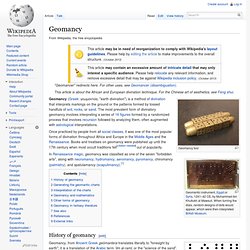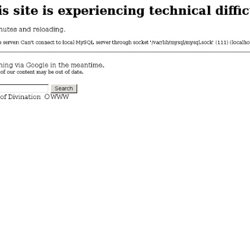

John Heydon. John Heydon (10 September 1629 – c. 1667) was an English Neoplatonist occult philosopher, Rosicrucian, astrologer and attorney.

Life[edit] Rosicrucian sources, including Heydon's own English Physician's Guide and Frederick Talbot's The Wise Man's Crown, give a florid biography for Heydon, in which he is descended from a King of Hungary. However, he was actually born in "Green Arbour" (near the Old Bailey), London, the son of Francis Heydon (of Sidmouth in Devonshire) and Mary (née Chandler, of Worcestershire); he was baptised at St. Sepulchre's Church.[1] He had one sibling, a sister, Anne, two years his junior. According to his own account, he was educated at Tardebigge, Worcestershire, among his mother's friends.
On returning to England, he trained in law, and was articled as a clerk in 1652. He attracted attention in royalist and occultist circles for predicting the future, including the death of Oliver Cromwell, then Protector. The precise date of Heydon's death is unknown. De Cattan _Livre II_ Geomancy. Geomancy Geomancy is a method of divination that interprets markings on the ground or the patterns formed by tossed handfuls of soil, rocks, or sand.

The most prevalent form of divinatory geomancy involves interpreting a series of 16 figures formed by a randomized process that involves recursion followed by analyzing them, often augmented with astrological interpretations. Once practiced by people from all social classes, it was one of the most popular forms of divination throughout Europe and Africa in the Middle Ages and the Renaissance. Books and treatises on geomancy were published up until the 17th century when most occult traditions fell out of popularity.
The Hermetic Order of the Golden Dawn attempted a revival of old occult arts including geomancy, but the short time they desired to master their arts restricted their ability to fully practice and revive them. Geomancy for Beginners: Simple ... - Richard Webster. Geomantic figures. The sixteen geomantic figures.

The 16 geomantic figures are the primary symbols used in the art of divinatory geomancy. Each geomantic figure represents a certain state of the world or the mind, and can be interpreted in various ways based upon the query put forth and the method used to generate the figures. When geomancy was introduced to Europe in the Middle Ages, the figures acquired astrological meanings and new forms of interpretation. Although geomancy has an African origin[citation needed], the figures bear superficial resemblance to the ba gua, the eight trigrams used in the I Ching, a Chinese classic text. Properties of the figures[edit] Each figure has four lines or rows, with each row representing one of the elements; each row can be either active or passive. Each of the figures is composed of four lines, each line containing either one or two points. Another classification of the geomantic figures involves their quality, which is either stable or mobile.
Via[edit] Puer[edit] Ṭumṭum al-hindi. Geomancy. Geomancy tool Geomantic instrument, Egypt or Syria, 1241–42 CE, by Muhammad ibn Khutlukh al Mawsuli.

When turning the dials, random designs of dots would appear, which were then interpreted. British Museum. Geomancy (Greek: γεωμαντεία, "earth divination") is a method of divination that interprets markings on the ground or the patterns formed by tossed handfuls of soil, rocks, or sand. The most prevalent form of divinatory geomancy involves interpreting a series of 16 figures formed by a randomized process that involves recursion followed by analyzing them, often augmented with astrological interpretations. Once practiced by people from all social classes, it was one of the most popular forms of divination throughout Africa and Europe in the Middle Ages and the Renaissance. In Renaissance magic, geomancy was classified as one of the seven "forbidden arts", along with necromancy, hydromancy, aeromancy, pyromancy, chiromancy (palmistry), and spatulamancy (scapulimancy).[1] A shield chart. History of Geomancy - The Encyclopedia of Divination. A cast in the sand Geomancy is derived from the Latin geomantia, which in turn is derived from the Greek roots geo , referring to the earth, and mantikos , meaning of a soothsayer or prophetic.

The Arabic name for geomancy, ilm al-raml, means the science of the sand. . The term Geomancy is also applied to the Chinese practice of feng-shui (wind and water), and was employed by 19th century writers to translate feng-shu'i. Mythical origin Like other systems of divination, geomancy has a mythological origin. Another mythological story for the origin of geomancy also involves Idris.
Arabic origin.